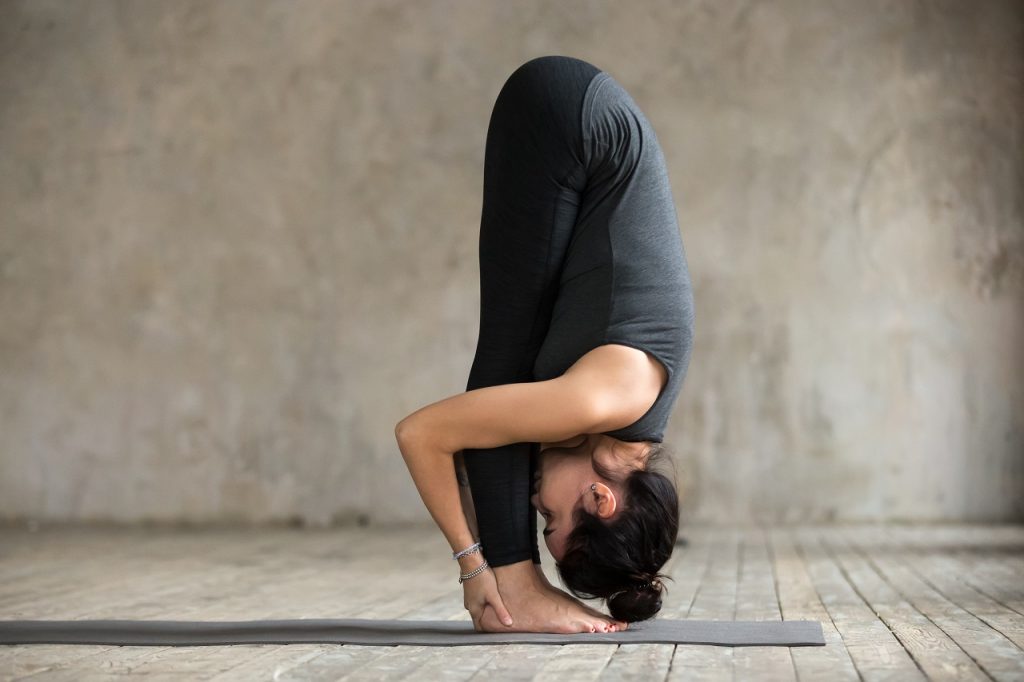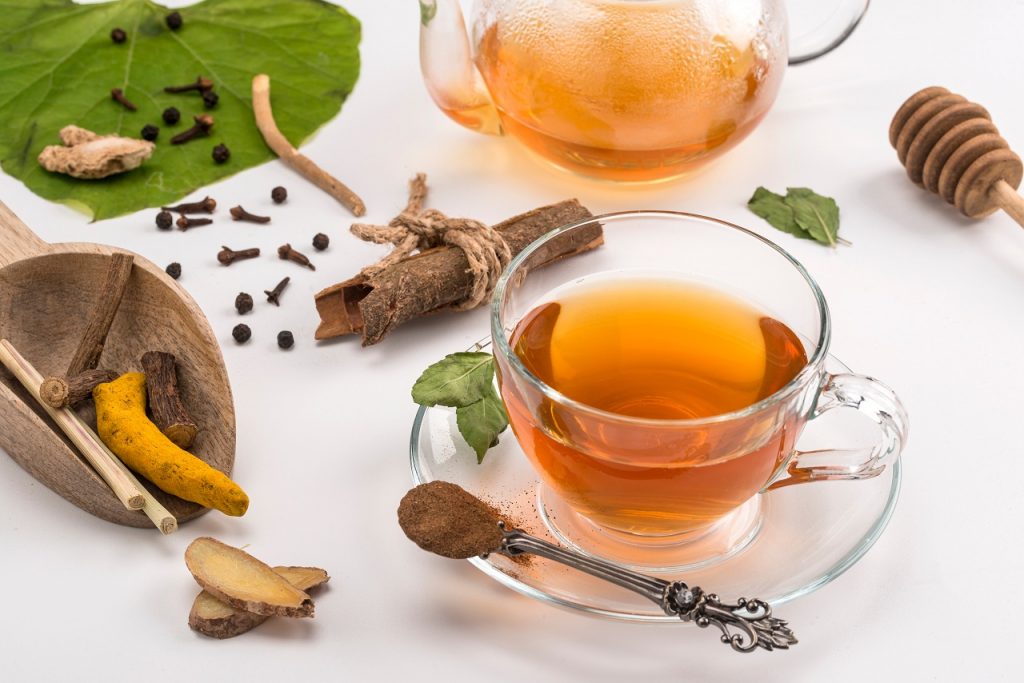 There’s no denying that a healthy diet, exercise and stress management play an important role in living a healthy life. But, there’s one aspect that most of us miss and that’s getting adequate sleep! Why exactly is adequate and good quality sleep necessary for the body?
There’s no denying that a healthy diet, exercise and stress management play an important role in living a healthy life. But, there’s one aspect that most of us miss and that’s getting adequate sleep! Why exactly is adequate and good quality sleep necessary for the body?
Benefits Of Good Quality Sleep
Good quality sleep is essential for overall health and well-being. Here are some of the key benefits of getting enough restful sleep:
- Improved Cognitive Function: Sleep plays a crucial role in consolidating memories and enhancing cognitive functions such as learning, problem-solving, and decision-making. It helps with information processing and improves focus and attention.
- Enhanced Mood: Quality sleep is linked to better emotional regulation and a more positive outlook. Lack of sleep can lead to irritability, mood swings, and an increased risk of developing mood disorders like depression and anxiety. It also helps reduce stress and promotes a sense of calmness. It allows the body to recover from the day’s stressors and prepares it to cope better with future challenges.
- Physical Health: Adequate sleep is associated with better physical health. It can help maintain a healthy immune system, reduce the risk of chronic illnesses like heart disease and diabetes, and promote a healthy metabolism and weight management.
- Increased Energy and Productivity: Good sleep provides the body with the necessary rest and rejuvenation, leading to increased energy levels and higher productivity during waking hours.
- Cellular Repair and Growth: While sleeping, the body undergoes important restorative processes. Tissues and muscles are repaired, and the body releases growth hormones, essential for overall growth and development.
- Cardiovascular Health: Sufficient sleep is associated with a lower risk of heart disease and stroke. It helps regulate blood pressure and reduces inflammation in the cardiovascular system.
Now that you know why you need it, let’s look at how to improve sleep and sleep quality.
How to Improve Sleep Quality
In case you are not getting adequate rest or aren’t getting any quality sleep or are facing issues falling asleep, we have some tips to help you out:
- Bedtime and wake up time should be the same: Go to bed at the same time and wake up at the same time daily. Practice the same routine on weekends too.
- Maintain Sleep Hygiene: Do not consume alcohol 6 hours before bedtime. Also, avoid caffeine 4 hours before sleeping and do not smoke before going to bed.
- Limit Screen Time: Stay away from your gadgets and mobile phones at least an hour before sleeping. Put your phones on DND mode for uninterrupted rest.
- Environment Is Everything: Keep your bedroom environment clean, calm, dark and quiet. Make sure that your mattress and pillows are comfortable.
- Eat a Light Dinner: Strictly avoid heavy meals at night and finish your dinner 2-3 hours before going to bed. If possible, go for a light walk after dinner every day.
- Try Music: In case you find it difficult to fall asleep, you can listen to light, soothing music 45 minutes before bedtime. Music generally soothes our nerves, reduces stress levels, and helps us fall asleep faster.
- Deep Breathing: It is a very effective tool for inducing good quality sleep. Perform deep breathing 10 minutes before bedtime daily to improve your sleep and reduce stress levels. You can also try these breathing techniques: https://goqii.com/blog/breathing-techniques-for-better-sleep/
- Take a Shower: A Lukewarm Shower 1-2 hours before bed is a well-known remedy for sleeplessness. It significantly improves sleep quality and reduces anxiety.
- Lavender oil: It is used for aromatherapy which improves sleep quality, especially for people who are fighting with insomnia, depression, and anxiety. You can put 2-3 drops of lavender oil on your wrist or pillow at night, it will soothe your nerves and help you fall asleep easily.
If you’ve tried the above techniques and still face issues with sleeping, start drinking warm milk with a pinch of nutmeg or turmeric 30 minutes before bedtime. It should help. If sleeplessness issues persist, consider consulting a doctor.
Making sleep a priority and striving for good quality sleep is crucial for overall health, cognitive function, emotional well-being, and physical performance. Developing healthy sleeping habits and maintaining a consistent schedule can significantly improve your quality of life.
You can find more techniques on how to sleep and to learn about sleep-related issues here. If you’re facing issues and need guidance to improve your health and lifestyle, speak to a certified expert by subscribing to GOQii’s Personalised Health Coaching here.
#BeTheForce
 Get ready to boost your immunity and conquer those pesky viral infections! Monsoons and the ever-changing weather can leave us feeling drained and vulnerable to sore throats, colds, and fevers. But fret not! Yoga Therapy comes to the rescue with its comprehensive approach.
Get ready to boost your immunity and conquer those pesky viral infections! Monsoons and the ever-changing weather can leave us feeling drained and vulnerable to sore throats, colds, and fevers. But fret not! Yoga Therapy comes to the rescue with its comprehensive approach. Helps in clearing out the sinus passages, thereby clearing out blockages and allowing for more complete breathing. It invigorates the nervous system and relieves stress and tension.
Helps in clearing out the sinus passages, thereby clearing out blockages and allowing for more complete breathing. It invigorates the nervous system and relieves stress and tension. Opens up the chest. It also sends fresh blood to the head, which helps open up the sinuses further. This asana also activates the thymus glands, one of the main organs of the immune system.
Opens up the chest. It also sends fresh blood to the head, which helps open up the sinuses further. This asana also activates the thymus glands, one of the main organs of the immune system. The Legs Up the Wall Pose is a great pose to practice to counter respiratory ailments. When you practice this asana, you might find relief from headaches or backaches that accompany a cold. Practicing this asana calms the mind and makes you strong as your body deals with the cold and helps in reducing fatigue, which usually follows common cold. This asana helps the immune cells to move through your body.
The Legs Up the Wall Pose is a great pose to practice to counter respiratory ailments. When you practice this asana, you might find relief from headaches or backaches that accompany a cold. Practicing this asana calms the mind and makes you strong as your body deals with the cold and helps in reducing fatigue, which usually follows common cold. This asana helps the immune cells to move through your body. In this asana, your heart is placed higher than the head. There is a reverse pull of gravity that happens when you do that, and this aids in the proper circulation of the lymph and the blood. The mild inversion allows a free flow of white blood cells throughout the body and also helps to drain out the sinuses.
In this asana, your heart is placed higher than the head. There is a reverse pull of gravity that happens when you do that, and this aids in the proper circulation of the lymph and the blood. The mild inversion allows a free flow of white blood cells throughout the body and also helps to drain out the sinuses. This asana opens up the chest and clears out all the passages. It is essential to try and breathe as much as you can while you are in this pose. This will help open up all the blocked areas that are causing the cold.
This asana opens up the chest and clears out all the passages. It is essential to try and breathe as much as you can while you are in this pose. This will help open up all the blocked areas that are causing the cold. When you assume this asana, your chest is raised and your throat is opened up. This improves your breathing and might help alleviate a cold. During colds, one can support the upper thoracic back with a cushion, bolster, or yoga blocks, aiding optimal recovery.
When you assume this asana, your chest is raised and your throat is opened up. This improves your breathing and might help alleviate a cold. During colds, one can support the upper thoracic back with a cushion, bolster, or yoga blocks, aiding optimal recovery.




